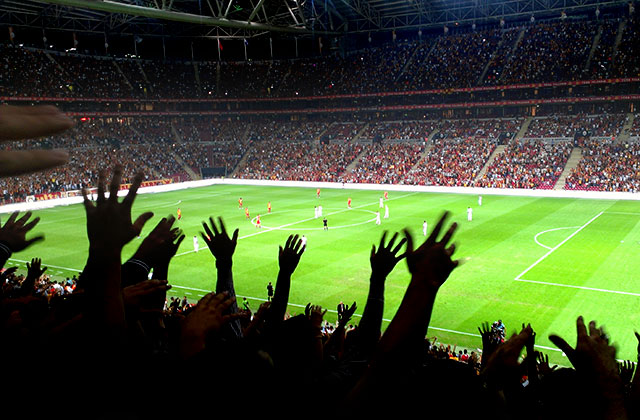And so we gather round to be at the death of our dear old friend Highfield Road Stadium. Having reached the grand old age of 106, her impending death (although when is currently unpredictable) has been brought about by greed and self interest from those who think that the grass will be greener up in Foleshill.
For many thousands of people “Going Up The City” has meant a trip to only one place and despite being a venue where we have probably seen more downs than ups with constant struggles against relegation, this world renowned and full of character stadium has played a big part in many people’s life.
Granted the West End bogs have seen better days and the amount of legroom in the West Terrace which was fine until Directors of an Oldbury based seating company decided that new seats were needed, but over the last twelve years, Highfield Road has been classed as a neat and tidy stadium by supporters of all the teams who have visited.
Originally built on the edge of the city on land donated to the people of Coventry by Lord Kenilworth and under a deed of covenant, something conveniently forgotten when Bryan Richardson persuaded Coventry City Council to let him sell the ground to McLeans Builders, Highfield Road came from a row of trees being cleared and staged it’s first game on September 9th 1899 with a won over Shrewsbury Town.
It was not until 1937, that a loan of £20,000 helped the club to finally behold the freehold of Highfield Road. By then, two stands had been erected and in 1953, pole floodlights and four years later, tower floodlights were purchased and erected by money from the City supporters club.
The first league ground in Britain with an electronic scoreboard, it recorded it’s highest ever official attendance in 1967 with 51,455 paying to see City win the Second Division Championship with a 3-1 win over Wolves (although somewhere in the region of 65,000 was probably nearer the mark)
Seen by many as a place of mystery and intrigue, the trophy, City won on that day was destroyed when a fire blitzed the Main Stand in 1968. The club claimed that a workman’s cigarette started the blaze, igniting many conspiracy theories and rumours of foul play.
In 1981, Jimmy Hill introduced Highfield Road as the first Football League club to have an all seater stadium when part of the Spion Kop was closed off. It was an idea that did not take over and the Kop was reopened for standing until 1992 when the East Stand was built at a cost of £750,000
Since 1967, the stadium had grown used to hosting the likes of Manchester United, Liverpool, Arsenal, Chelsea but in 2001, relegation came a week before the final home game against Bradford.
Four years on and the battles against relegation continue with City going into the final game needing at least a victory against Derby County.
Goodbye Highfield Road and thanks, we will miss you.
